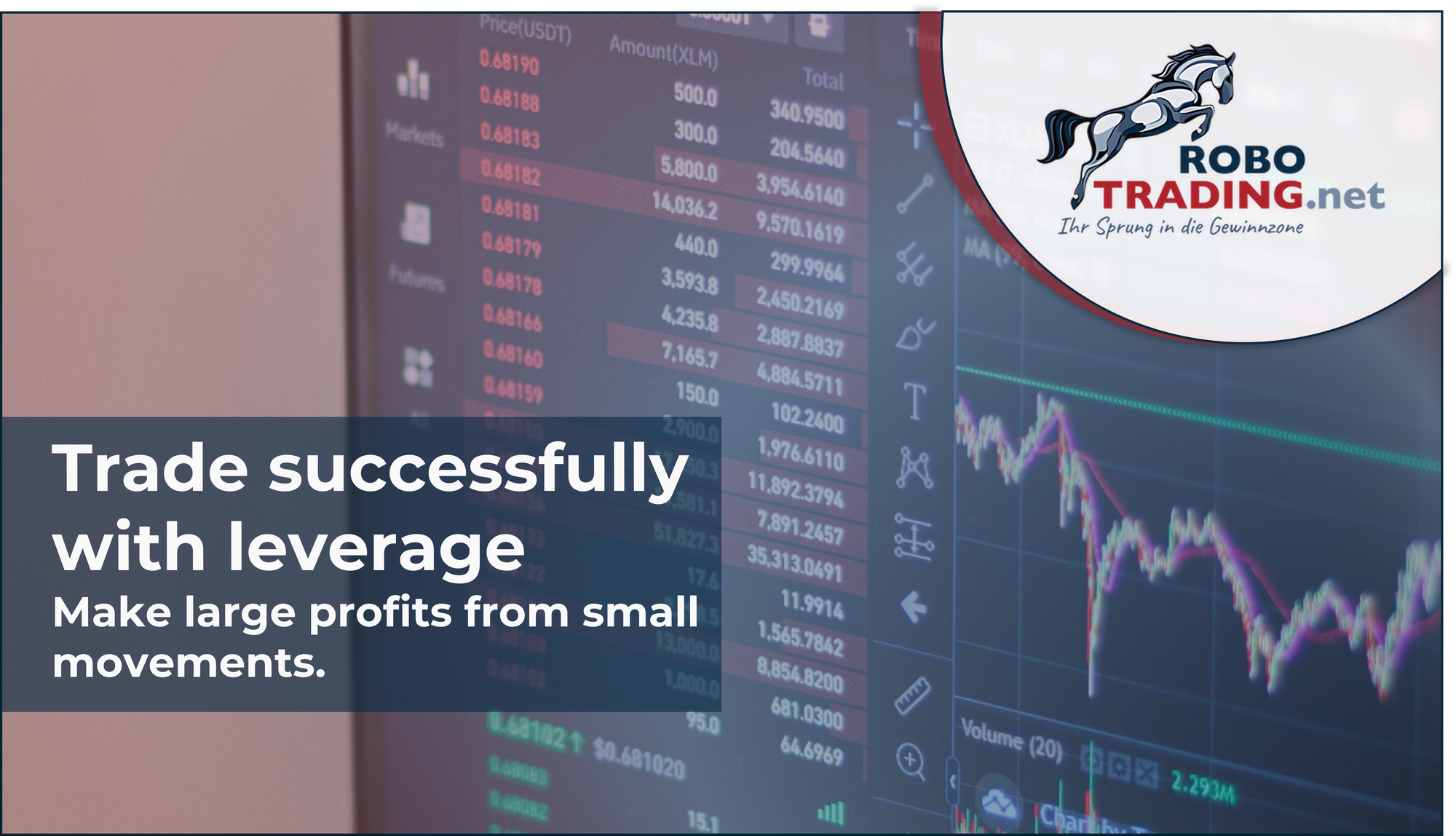Trade successfully with leverage: Make large profits from small movements.

In the dynamic world of financial trading, leverage is a powerful tool that can amplify profits as well as losses. It's a concept that attracts both seasoned investors and novices, drawn by the potential of making significant gains from a relatively small investment. This article aims to demystify leverage, explaining how it works, its benefits, and the risks involved.
What is Leverage?
Leverage in trading refers to the use of borrowed funds to increase the potential return of an investment. Essentially, it allows traders to open a position in the market with a fraction of the total value of the trade. The ratio of the trader's funds to the size of the broker's credit can be 2:1, 10:1, or even higher, depending on the market and the broker's policies.
For example, with a 10:1 leverage, a trader can open a $100,000 position with only $10,000 of their own capital. This amplifies the potential gains (or losses) from the trade as if the trader had invested $100,000 of their own money.
How Leverage Works in Trading
Leverage is commonly used in various markets, including forex, stocks, commodities, and cryptocurrencies. Let's break down how it works:
- Opening a Leveraged Position: A trader decides to use leverage to open a position in the market. They choose their desired level of leverage and commit a portion of their own capital as the margin.
- Margin Requirement: The margin is essentially a security deposit, held by the broker, to cover potential losses. The required margin depends on the size of the trade and the leverage ratio.
- Trade Execution: Once the trade is opened, any profit or loss is based on the full size of the leveraged position, not just the trader's initial investment.
- Closing the Position: If the trade moves in the trader's favor, they can close the position to realize their profit, which will be magnified by the leverage. Conversely, if the market moves against them, the losses will also be amplified.
Benefits of Leverage
- Capital Efficiency: Leverage allows traders to make larger trades with less capital, maximizing their trading potential.
- Profit Amplification: Successful trades can yield significantly higher profits due to the enlarged position size.
- Market Access: Leverage enables smaller investors to participate in markets and trade assets that would otherwise be out of reach.
Risks of Leverage
- Magnified Losses: Just as leverage can amplify profits, it can also magnify losses if the market moves against the trader.
- Margin Calls: If a leveraged position starts to lose money and the trader's equity falls below the margin requirement, the broker may issue a margin call, requiring the trader to deposit additional funds or close the position.
- Rapid Market Movements: Highly leveraged positions are more vulnerable to rapid market movements, which can lead to significant losses in a short period.
Managing the Risks
To mitigate the risks associated with leverage, traders should:
- Use Stop Loss Orders: Setting a stop loss can help limit potential losses by automatically closing a position if the market moves too far in the wrong direction.
- Practice Risk Management: Only use leverage within the bounds of a well-thought-out risk management strategy, considering the amount of capital you can afford to lose.
- Educate Themselves: Understanding the market and the assets you're trading is crucial, especially when using leverage.
Conclusion
Leverage is a double-edged sword in the world of trading. While it offers the enticing prospect of amplified profits, it also comes with increased risk. By understanding how leverage works and employing prudent risk management strategies, traders can navigate these waters more safely, aiming to maximize their potential rewards while minimizing their exposure to loss. Whether you're a novice looking to dip your toes into leveraged trading or a seasoned investor seeking to refine your strategies, always remember that knowledge and caution are your best allies in the high-stakes world of leveraged trading.
